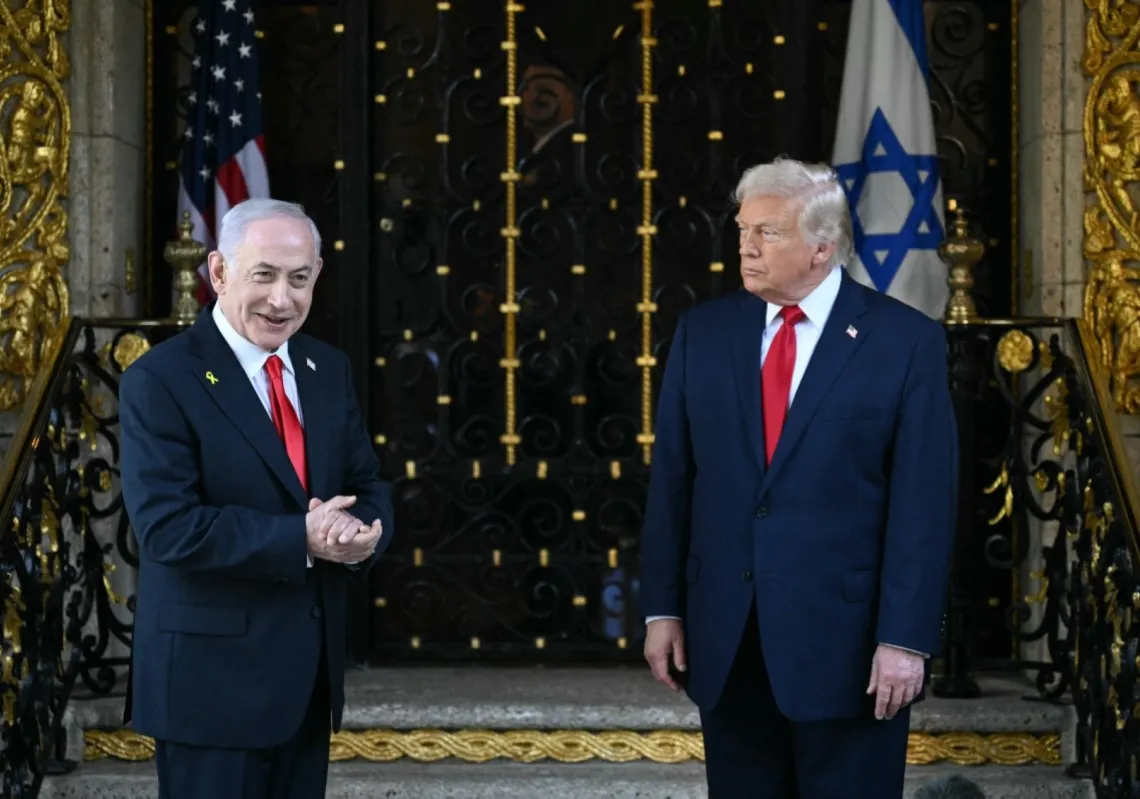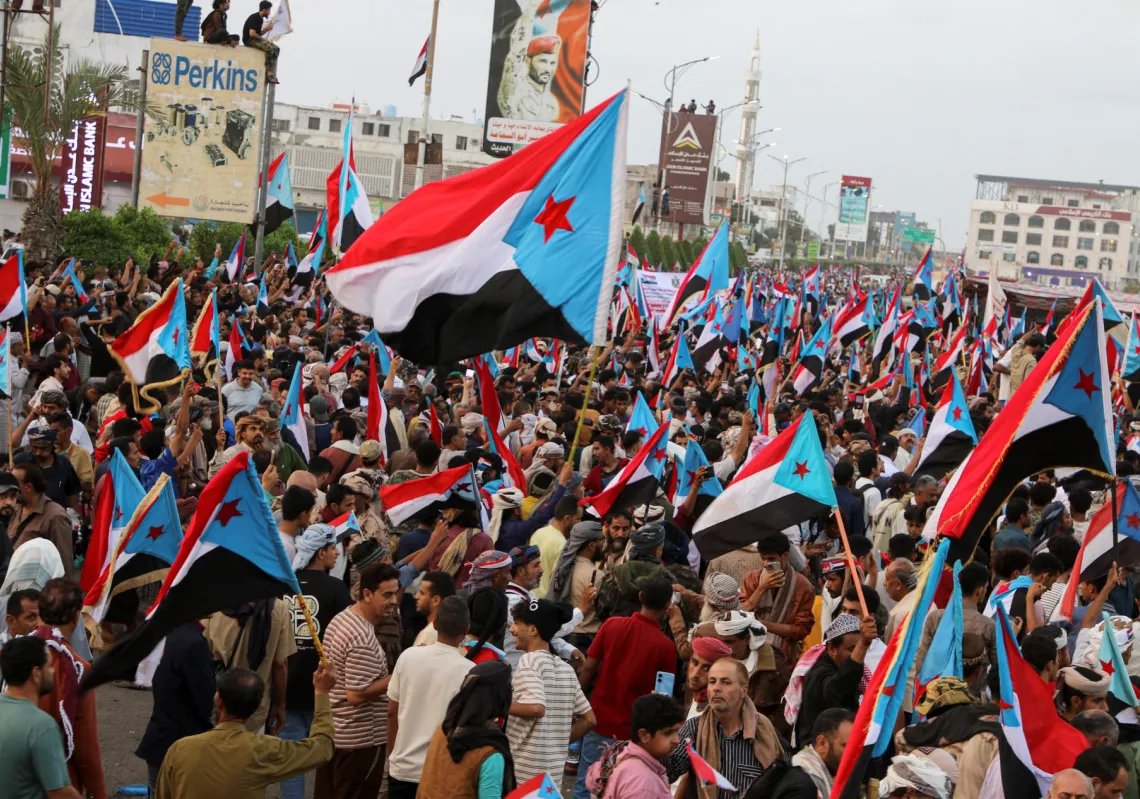Around 2,500 years ago, Chinese military leader and strategist Sun Tzu wrote The Art of War. It was so influential that even today, most generals have a copy. In it, he said: “If you know yourself and know your enemy, you need not fear the result of a hundred battles.”
In the 1960s and 70s, when the Palestinian nationalist movement was waging war against the relatively new State of Israel, its leaders were keen to know their enemy.
Now, a deeply researched book by Professor Jonathan Marc Gribetz sheds light on how the Palestinian Liberation Organisation set up a unique archive and research centre on Zionism and what happened to it during Israel’s 1982 invasion of Lebanon.
Reading Herzl in Beirut: The PLO's Effort to Understand the Enemy reveals how the group sought to understand Zionism in the early struggle against Israeli occupation.
Gribetz, a Jewish-American professor of Near Eastern Studies at Princeton University, examines the epicentre of this effort: the PLO’s Research Centre, an archive in Beirut where fighters and scholars could study their adversaries.

Research and questions
He visited Jerusalem, Ramallah, and Berlin to interview Palestinians, Israelis, Lebanese, and Syrians, unravelling the PLO’s interest in the origins of Zionist thought and its history to understand why, for instance, they translated early Zionist works.
His book on the centre looks at its functioning, resources, and original motivation. Its importance was highlighted by Ahmad Shukeiri, the first PLO chairman, who called the centre the “mind of the organisation”.
After the Israeli army looted it during the invasion of Beirut, Gribetz asks whether the entirety of the archive was returned by looking in the Israeli archive and the documents housed in the Israeli National Library.
The book draws a subtle parallel to Azar Nafisi's Reading Lolita in Tehran, which invites readers to evade censorship by embarking on a secret literary journey through the masterpieces of Vladimir Nabokov, Henry James, and Jane Austen.
The insight he provides even points to how similar institutions may help the world forge a path out of the legacy of colonialism, with which it still struggles.
Reading Herzl in Beirut is written in three parts, the first of which covers the motivation to set up the centre in Beirut in 1965, when Palestinian academic Fayez Sayigh took the initiative after the Institute for Palestine Studies declined to operate under a PLO umbrella, to preserve its independence.














